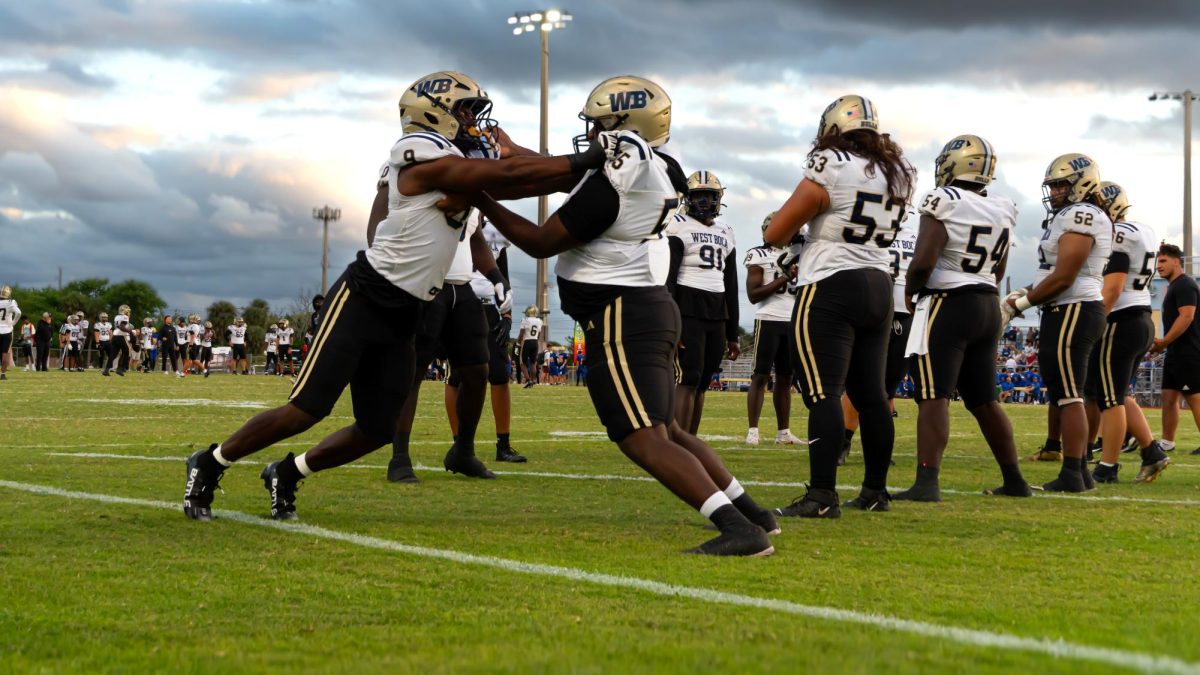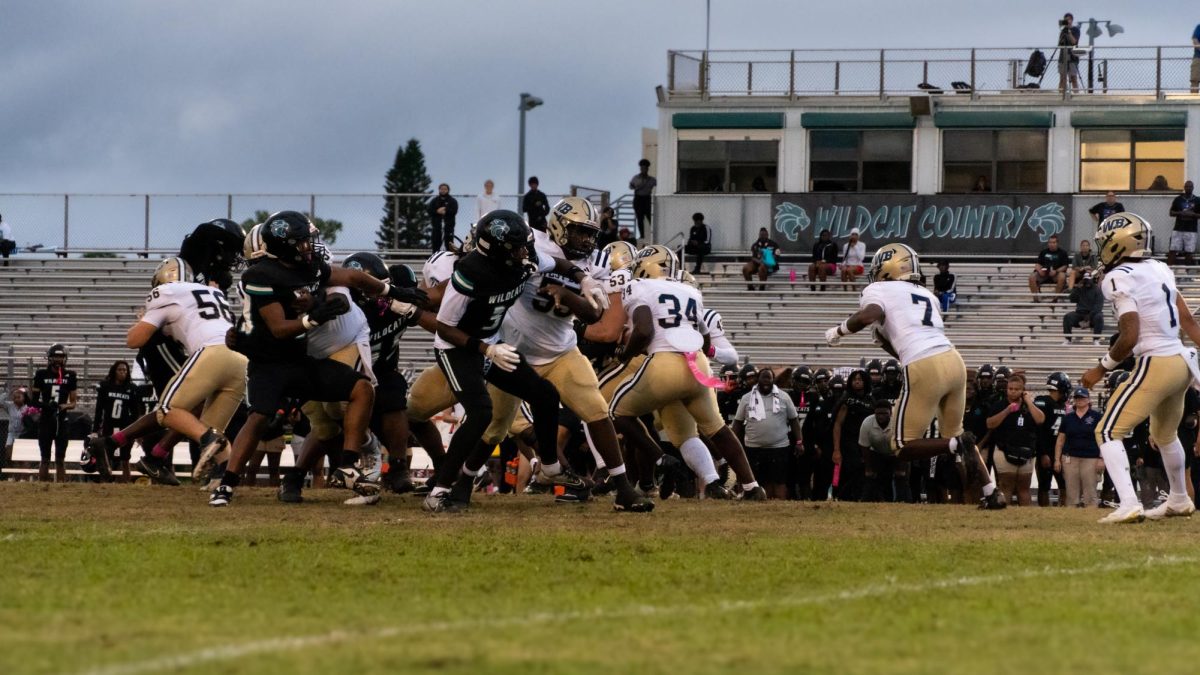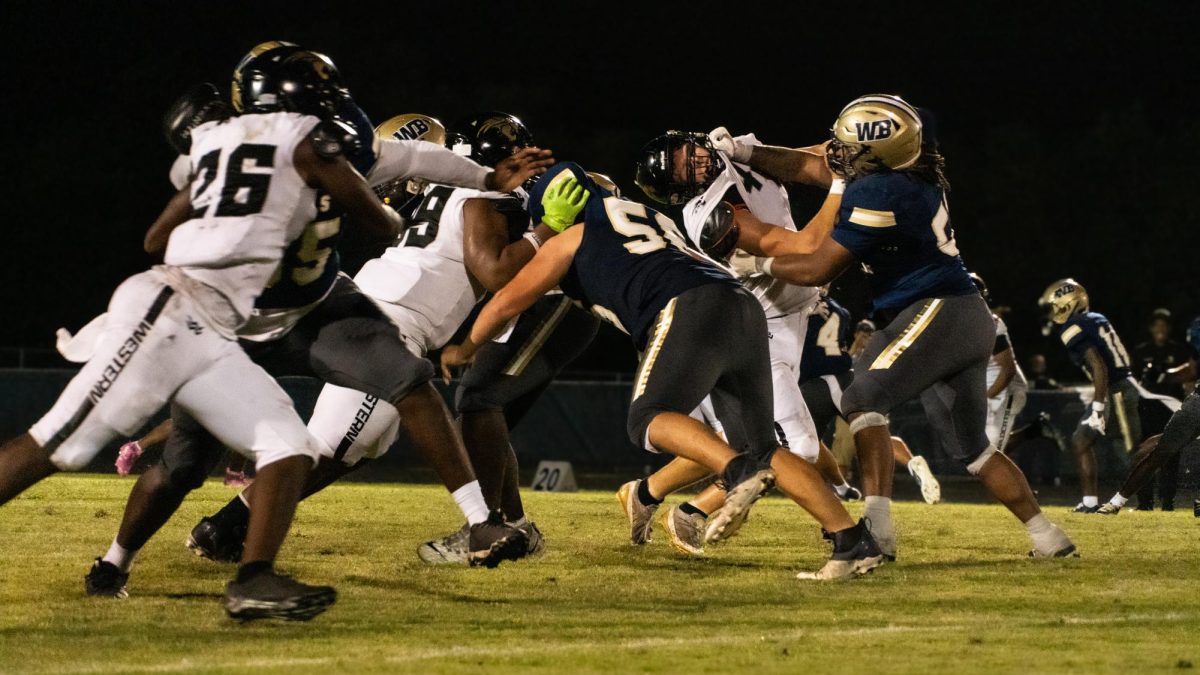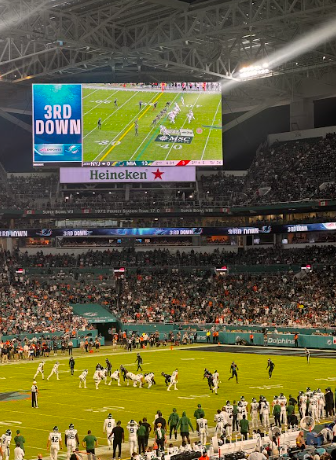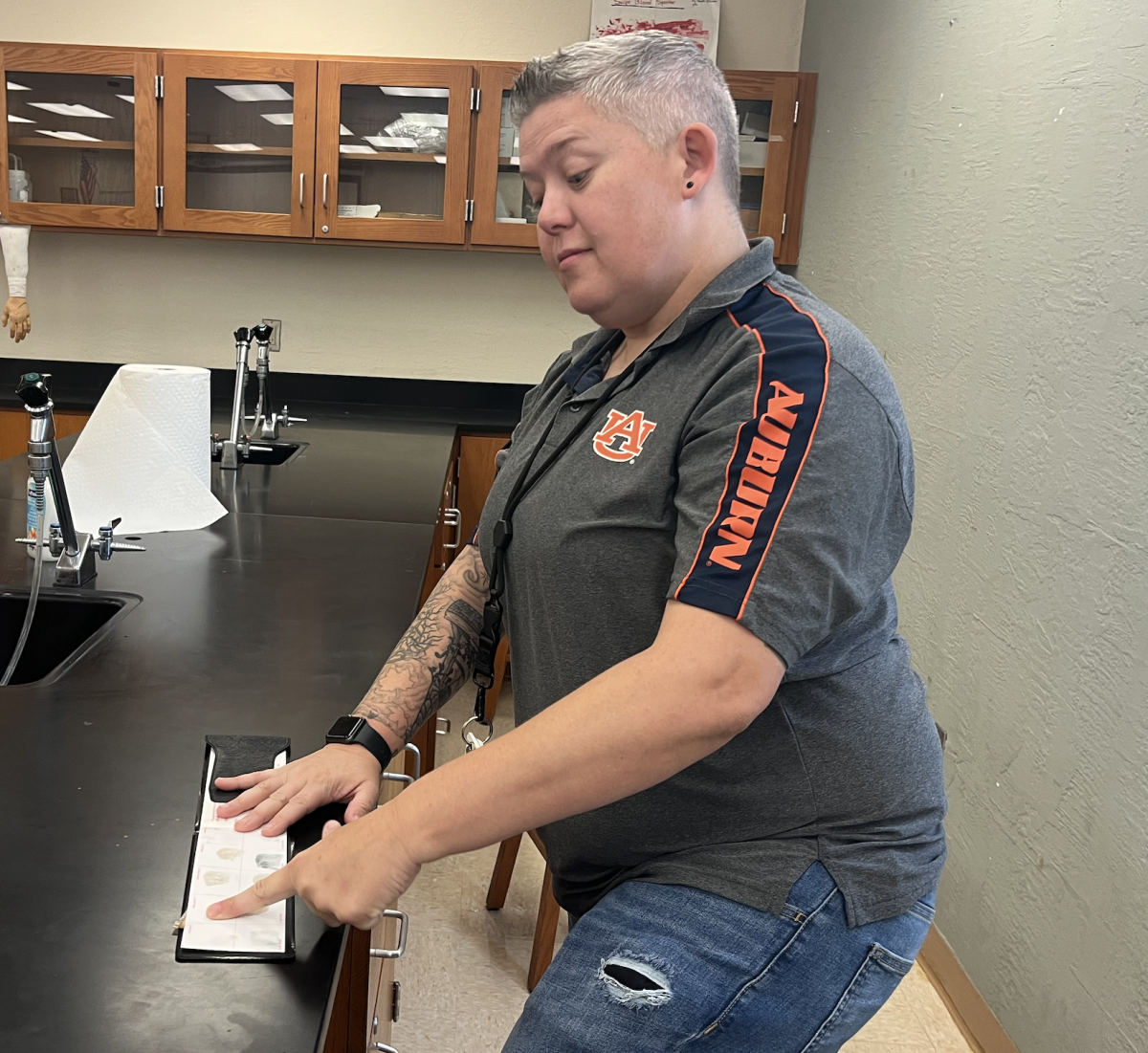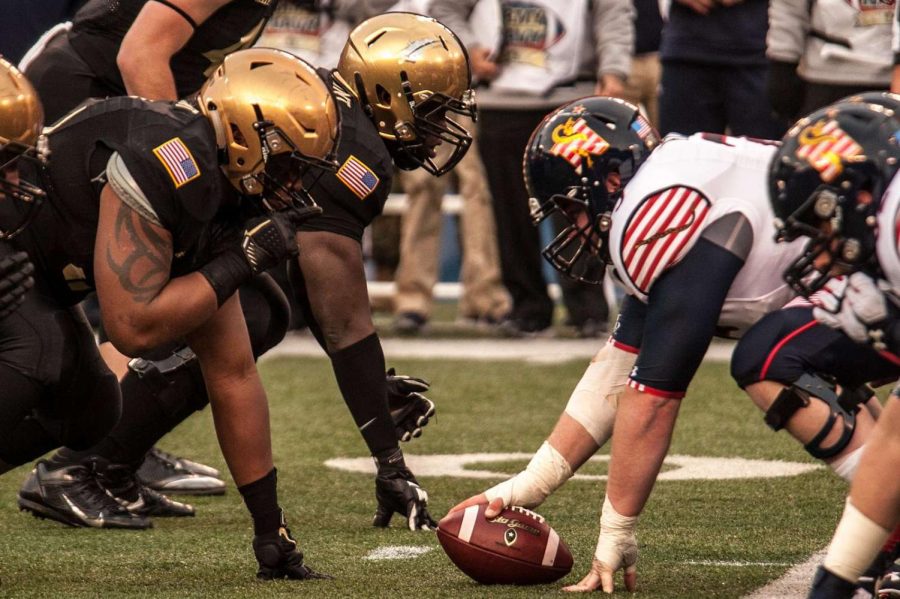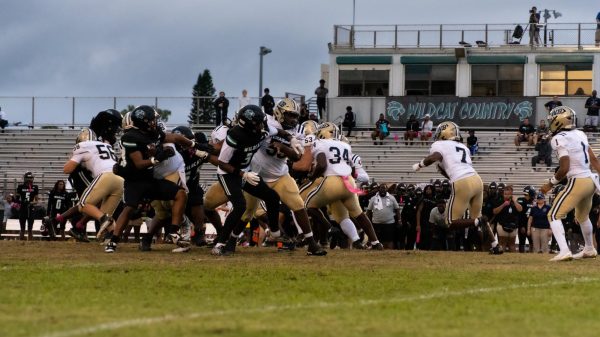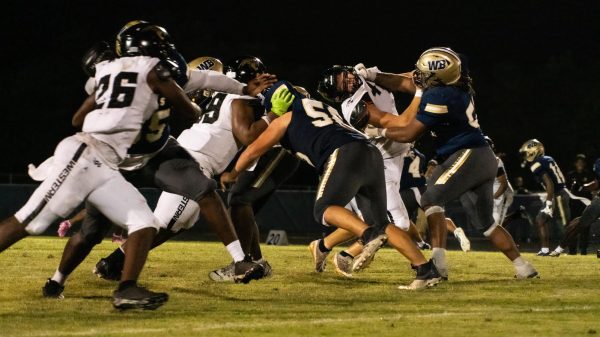The Hidden Dangers of Sports
March 2, 2023
Sports are appealing for a variety of reasons: athletes’ performances are something that the average person cannot achieve, professional athletes get paid to play a game, you can receive scholarships that can give you higher education, etc. These factors are certainly reasons to want to become an athlete, but there are risks involved with those decisions. On January 2, 2023, a Buffalo Bills player, Damar Hamlin, suffered a cardiac arrest and had to be revived on the field. He tackled a player for the Bengals and seconds later collapsed and was in critical condition. Fortunately, Hamlin is alive and has been released from the hospital. Nevertheless, this was a disturbing way to start the new year, and a perfect example of why we should be discussing the dangers of being an athlete.
Brain injuries and football seem to go hand in hand. According to the National Center for Health Research, studies have found that high rates of concussions, traumatic brain injuries, and a serious brain disorder called Chronic Traumatic Encephalopathy(CTE) are found in people who formerly played for the NFL. According to an article from the National Center for Health Research these types of injuries can be debilitating. A concussion is a type of traumatic brain injury in which the brain hits the inside of your skull. Symptoms include: disorientation, issues with memory, headaches, fogginess, and loss of consciousness. Multiple head injuries, such as concussions, have the potential to cause long-term damage. Chronic Traumatic Encephalopathy is thought to be caused by multiple head traumas. In a 2017 study from Boston University, Dr. Ann Mckee and her team studied 202 donated brains of former football players and found that 99% of the former NFL players’ brains had CTE. Additionally, 91% of college football players’ brains had CTE, and 21% of high school football players’ brains had CTE. This disease is degenerative, meaning the brain will deteriorate. There is no cure for CTE; it is not discovered until death.
Due to the fact that our Football coach, Mr. Potts, was unavailable, I spoke to our Athletics Director for West Boca (Mr. Albert) about what the safeguards are for our school’s football players. He informed me that West Boca has multiple AEDs (Automated external defibrillators), a trainer at every game, EMTs at every game, and mandatory water breaks at practices and games halfway through quarters. He also informed me that our athletes are required to watch videos from the NFHS ( National Federation of State High School Associations) on topics such as cardiac arrests, concussions, and dehydration. When I stated that football is a dangerous sport, Mr. Albert conceded that football has risks, but said kids get hurt riding bikes and driving cars and we let them do that. He told me that there have been changes to the way football players are allowed to tackle each other and to the technology in the helmets. Mr. Albert appears to be confident that our football players are taken care of.
Football is not the only sport that can pose dangers to its players. Purdue University states that it has been “documented” that 22% of soccer player’s injuries are concussions; we know this is concerning because concussions are traumatic brain injuries and sustaining more than one can potentially lead to more serious conditions.
Head injuries are not the only concern for our athletes. There are other upper and lower extremity injuries that lead to long term damage. According to the University of Rochester, a few lower extremity injuries from the sport soccer are: shin splints, patellar tendinitis, and achilles tendinitis. All of these issues are from overuse; overuse causes stress fractures that make the bones weak. Overuse injuries can be treated with a period of rest, icing, and evaluation by a professional. Although pushing through and ignoring pain can lead to more harm on the part of the player. For example, according to the Cleveland Clinic, if stress fractures go untreated, (for example players play through the pain) it can lead to the fractures healing improperly, the development of arthritis, or the need for surgery.
I contacted West Boca’s soccer coaches Mr. Jaddaoui and Mr. Da Silva about the protocols to protect our soccer players and for their comments about the injuries sustained by soccer players. Mr. Jaddaoui stated that enforcement of the rules for safety, fair play, and sportsmanship is the best way to prevent players from being injured. Coach Jaddaoui believes that coaching philosophy could cause a decrease in injuries in all contact sports; he believes that injury prevention should be “integrated into coaching practice plans as well as readiness for games.” Mr. Jaddaoui stated that our game model encourages players to use “game intelligence” and keep the ball on the ground. Mr. Da Silva said that head injuries are mainly caused by reckless playing and not using the forehead to hit the soccer ball. Coach Da Silva went on to say that poor tackling techniques, improper footwear, poor playing surface quality, overuse, and pressure to perform are all contributing factors of injuries.
Cheerleading is not even a contact sport and it can cause serious injury. According to Children’s Hospital Colorado, cheerleading was ranked number 16 when rating sports with the most number of injuries. Common cheerleading injuries are: strains, sprains, concussions, and back injuries that range from back pain to spondylolisthesis (this is a condition where the vertebrae, which are the bones in your spine, move/slip out of its place).
The three sports listed above are not the only ones that can cause damage to its players. The injuries that occur in these sports can have serious consequences for the athletes. Damar Hamlin is 24 years old, and he was close to dying from a tackle. There is a price to pay for being a professional athlete and from the information learned from the Boston University study, high school and college athletes are not immune from these dangers either. This is not to say that no one should become an athlete; all sports are not the same. Although, there are simply too many risks that are involved with sports like football to be ignored.











